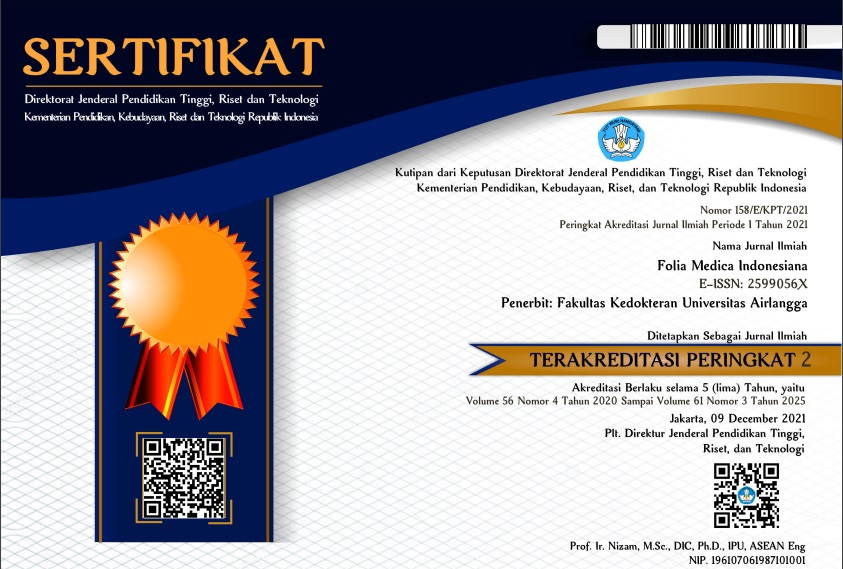ORCID ID
A1: https://orcid.org/0000-0001-8006-6787; A2: https://orcid.org/0000-0002-5753-3620; A3: https://orcid.org/0000-0001-8406-6055; A4: https://orcid.org/0000-0002-5044-4385
Abstract
Highlights:
1. This study analyzed the effects of using locally sourced pasak bumi extract and seluang fish on the parameters of neurogenesis in malnourished rat models.
2. It promotes further exploration into modified treatments for malnutrition, emphasizing nutritional strategies that harness locally available natural resources.
Abstract
Early developmental malnutrition exerts adverse effects on the structural, neurochemical, and neurophysiological maturation of cerebral cells by disrupting the process of neurogenesis. Pasak bumi (Eurycoma longifolia Jack) and seluang fish (Rasbora spp.), two indigenous natural resources of South Kalimantan, Indonesia, are believed to harbor nutritional components capable of mitigating these deleterious effects. We aimed to assess the impact of administering pasak bumi, seluang fish, and pure docosahexaenoic acid (DHA) on the neurogenesis process in malnourished rat models. The Rattus norvegicus specimens were partitioned into seven distinct cohorts, each consisting of five rats: healthy rats in the negative control group (KN), while malnourished rats in the positive control (KP) and treatment groups (P1, P2, P3, P4, and P5). Both the KP and KN groups received a placebo and a standard feed. The treatment groups received different interventions for five weeks: standard feed alongside pasak bumi extract for the P1 group, standard feed and DHA for the P2 group, standard feed in combination with pasak bumi extract and DHA for the P3 group, seluang fish for the P4 group, and pasak bumi extract and seluang fish for the P5 group. The doses determined for the pasak bumi extract and DHA were 15 and 1 mg/kg bw, respectively. The parameters evaluated consisted of the levels of brain-derived neurotrophic factor (BDNF), neural progenitor cell β-tubulin 3 (Tuj-1) expression, and peroxisome proliferator-activated receptor gamma (PPARγ). The data were subjected to analysis through the Kruskal-Wallis test and analysis of variance (ANOVA) at a 95% confidence level. A value of p<0.05 was considered significant. Statistically significant differences were observed in the BDNF levels (p=0.00) and Tuj-1 expressions (p=0.01) across all groups. In conclusion, the combined administration of pasak bumi and seluang fish demonstrates the capacity of enhancing neurogenesis in malnourished rats, as evidenced by elevated BDNF levels and Tuj-1 expressions.
Keywords
Malnutrition model rats, BDNF, NPCs, PPARG expressions, health risk
First Page
182
Last Page
191
DOI
https://doi.org/10.20473/fmi.v60i3.56273
Publication Date
9-10-2024
Recommended Citation
Sanyoto, Didik Dwi; Triawanti; Noor, Meitria Syahadatina; and Airlangga, Dimas Ikhsan
(2024)
"The Neurogenic Effects of Pasak bumi (Eurycoma longifolia Jack) and Seluang Fish (Rasbora spp.) in Malnutrition-Induced Rat,"
Folia Medica Indonesiana: Vol. 60:
No.
3, Article 1.
DOI: https://doi.org/10.20473/fmi.v60i3.56273
Available at:
https://scholarly.unair.ac.id/fk-fmi/vol60/iss3/1







